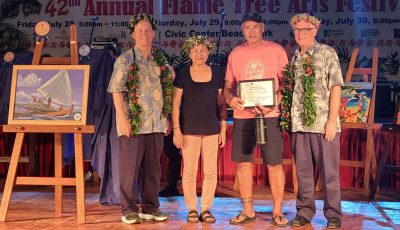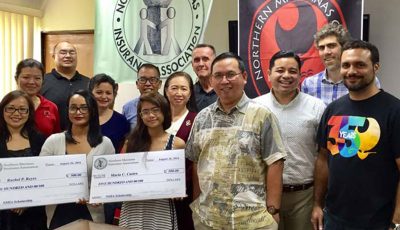Laodong Jie, Workers’ Day
I subbed for a colleague from Hawaii in his English tutorial classes for children in Shenyang. He hightailed it to Hong Kong to renew his Chinese business visa. We both volunteer weekends to teach young Chinese students oral English.
Last week, in dealing with one of his 10- to 13-year-old groups, I got them talking about themselves, a subject they do not need to be told about, nor do they need to do any research to be knowledgeable about it. In exchange, I gave them permission to ask any question of me. Anything. The object was not in the getting-to-know-you realm as it was to get the dialogue/Q&A going.
The students used a lot of abstract terms to speak of themselves, like “I am energetic and I am an optimistic person” or “my parents, they love me very much, and I love them very much, too.” Which was fine because it left open questions of grounding, on describing the concrete data of what may be seen, heard, smelled, tasted, and touched behind the terms they used.
Jaime Vergara previously taught at SVES in the CNMI. A peripatetic pedagogue, he last taught in China but makes Honolulu, Shenyang, and Saipan home. He can be reached at pinoypanda2031@aol.com.
Nor did they talk of their feelings. Chinese are culturally coached that being a peon in the heap of mass humanity, their individual feelings do not count much, unless they are aligned to acceptable social sentiments appropriate to their age, gender, and station in life. So I pushed them to recall “sense experiences.”
A general context in my pedagogy is always to leave the “face” (mianzi) outside the classroom; I also encourage students to express what they feel. Emotive discourse among Chinese is not normal (it is personal and secret) so avoidance was ingrained. “Exhibitionists” (like me, a playful term I earned from a psychologist acquaintance) are deemed the exception.
Of the questions of me, I responded in a way that coursed through the path of experience and feelings. I modeled my response to the way I expected them to talk for clarity and substance. One of the animal science students (she loves pets, particularly the “one that chases the mouse,” the “domestic cat”), asked the innocuous question: “What is your favorite color?”
For more than a decade in the ’70s and early half of ’80s, I was a member of a family “religious order” that appropriated “blue” as the color of our “habit.” The words in quotes were internal to us, for in public we were not distinguished from the ordinary Joe Blow and Susie Wong, not like the medieval monastic orders whose members sometimes were seen with habits of woolen frocks, soutane, or cassock, even in the heat of the tropics. Inversely, Opus Dei guys I knew, the Pope’s storm troopers that replaced the Jesuits, wore business suits in offices that specialized in economics, the queen science of the times.
I was called a “Blue Shirt” in the Marshall Islands, Samoa, and Tonga. My colleagues and I did not debate ideology, nor lobby to legislate mandates, so intellectual liberals and policy wonks shunned our company. We were rather out to influence cultural behavior, so the question of what we thought took a back seat to what we did.
“It is the intensification of our Knowing and our Doing that manifest our Being,” was my favorite conversation and dialogue starter, which got me disserting well past midnight, weaving a circular discourse that invariably baffled linear logicians and disciplined academic thinkers.
My questioner was being chatty. I told her and the class that most of my attire was “blue,” and the navy blue in my outfit was in solidarity with the common laborer and worker of the world, often referred to as the “blue collar” worker. I didn’t tell her that “blue movies” are for indecent films, and getting the “blues” meant wallowing in the basement level of depression and despair. “Blues” in American jazz proceeded from the soul, and it hankered close to lamentation.
I have always been partial to the common worker since I smelled copra in the coco groves of Sanchez Mira in northern Luzon of my childhood. My mother was once offered to buy a Philippine Sweepstakes ticket that she did not bother to take but she remembered the number. When it won one of the top five prizes, she was curious who bought it. The shop that offered it to her closed shop quickly and went the way of the nouveau riche. The family did not survive well the intrusion of wealth into their family budget. No sour grapes here. It is just to say that I stayed with the army of struggling workers, like the coconut gatherers and copra huskers, in my career.
“International workers of the world, unite” was once a political cry from the Haymarket incident in Chicago that birthed the labor movement on the first of May from which the International Labor Day got its start. The U.S. chose September for its Labor Day so as not to identify with the disgrace of the incident.
I am still a “blue shirt” at heart and discipline, albeit not too fond of the limited directions organized labor took in fostering its course. But today is a reminder that those who toil at the behest of other’s investment (aka imported workers in the CNMI) have a long way to go to see their humanity at par with privileged and elitist homo sapiens, in China and across the globe.



























